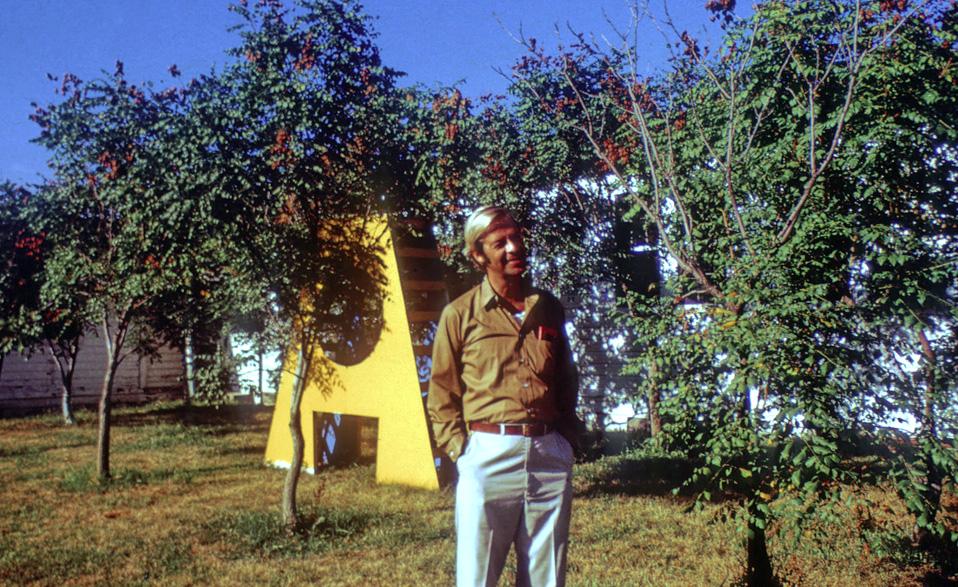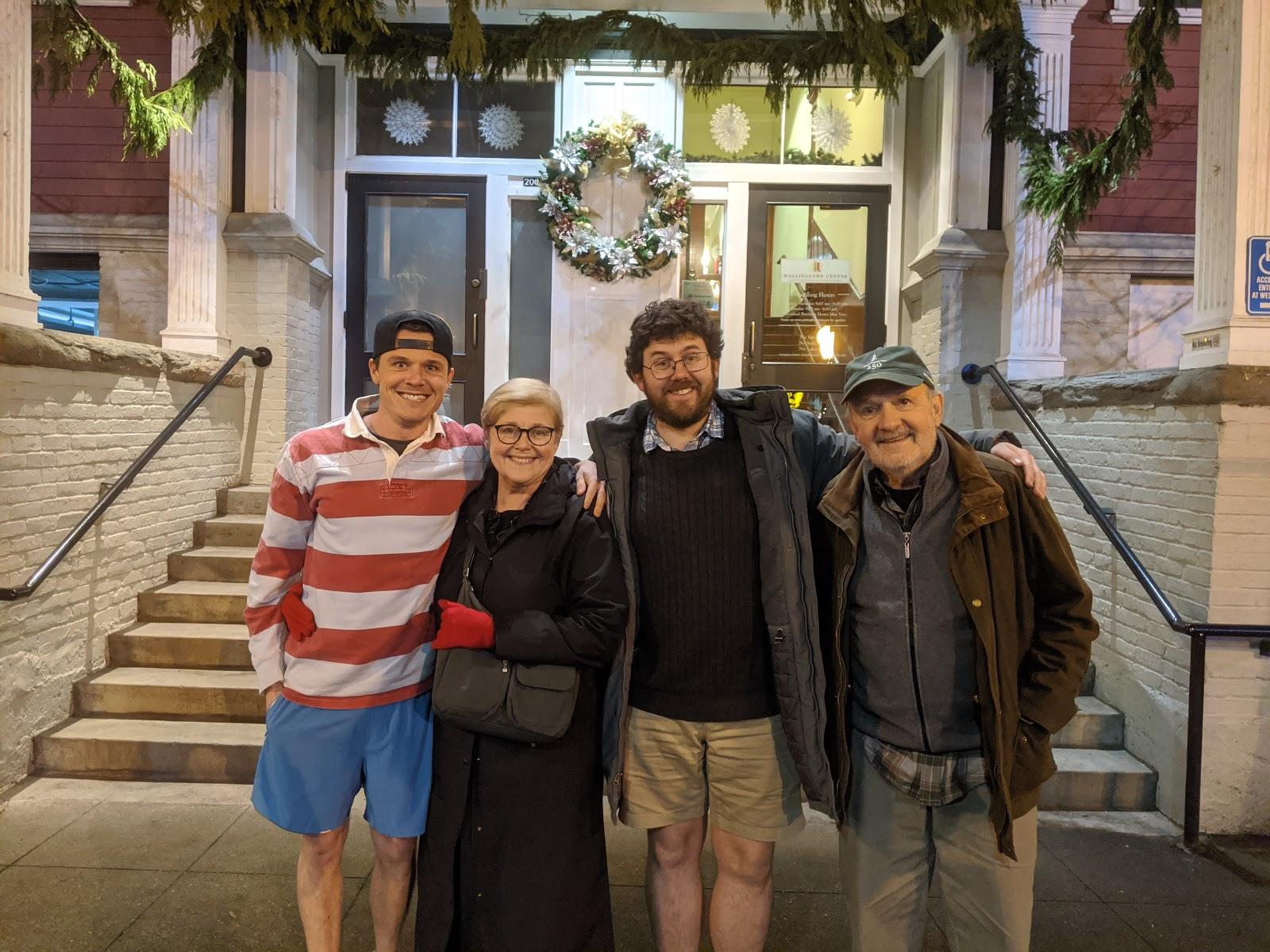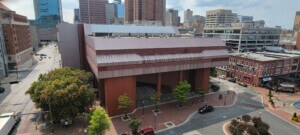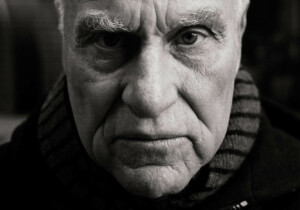As classes start later this month, students and faculty members at the University of Maryland are mourning the deaths of two leaders of its School of Architecture, Planning & Preservation (MAPP): Founding dean and professor emeritus John W. Hill, FAIA, and professor emeritus Karl F. G. Du Puy.
Hill, the school’s first faculty member, passed away in his sleep on July 7. He was 90. He served as the founding dean from 1967 to 1981 and oversaw the creation of the school’s five-year Bachelor of Architecture program, leading up to its full accreditation. It was the first architecture program in Maryland, and he returned to serve as interim dean from 1989 to 1990.
According to an article by Maggie Haslam on the school’s website, Hill taught for more than 30 years and recruited professors who shared his affinity for “learning by doing,” including Charles Moore, Roger Lewis, and John Wiebenson.
He also moved the fledgling school from its first home, “a temporary wooden WWII barrack” in College Park, to a building more suitable for architectural education, and he helped develop its curriculum and first study abroad program, Haslam noted.
“He left a lasting legacy on the school and helped create its personality,” architect Steve Parker, FAIA, a member of the school’s first graduating class and now chairman emeritus of Grimm + Parker Architects, told Haslam. “He influenced me and my career and was very meaningful to me.”

As the school’s “first architect,” Hill also looked out for those who succeeded him.
“Since my first day at Maryland, I always felt great support from John and nothing but encouragement and reassurance in, for me, a new and challenging job,” Steve Hurtt, another Professor Emeritus and former Dean, told Haslam.
Hill wanted a style-free curriculum for Maryland’s first architecture program.
“We all agreed that we weren’t there to teach a style of architecture, that we were there to teach critical thinking and to teach people about real needs of the clients and users of buildings and to think about the environment,” Lewis told The Baltimore Sun. “It was John’s wisdom and insight that allowed us to create what I think was a very successful brand-new school of architecture. So that to me is his legacy, and that’s the legacy that matters.”
For Hill, being the dean of a new architecture school was “the job of a lifetime,” his wife, Catherine Mahan, told The Sun. “He thought it was a dream job. I think it’s because he was able to build a school and a faculty from the ground up and he was able to realize his own vision of what architectural education should be.”
Born in Fort Leavenworth, Kansas, Hill received a Bachelor of Arts degree and a Bachelor of Architecture degree from Rice University and a Master of Architecture from the University of Pennsylvania. He was a lieutenant in the U. S. Navy, a partner in the firm Graves-Hill, and an assistant professor of architecture at the University of Kentucky before moving to Maryland in 1967.
Outside of College Park, Hill served for many years on Baltimore’s Design Advisory Panel, providing a calm voice of reason in a group that included more irascible members such as Johns Hopkins art history professor Phoebe Stanton.
One large project Hill reviewed as part of Baltimore’s design panel was Moshe Safdie’s Coldspring New Town, a follow-up to Habitat ’67 in Canada. Wanting to support Safdie’s visionary venture, Hill and Mahan decided to move in, becoming two of the first residents. When the heating system failed completely, they rigged up their own impromptu network of ducts and vents to get through the winter.
In 1952, Hill married the former Carol Wheeler, whom he met at Rice, and raised four children with her until their divorce in 1970. In 1978, he married Mahan, a University of Virginia-trained landscape architect and founding partner of Mahan Rykiel Associates in Baltimore.
Besides his wife, Hill is survived by his daughters, Lucy Hill of Catonsville, Maryland.; Robin Hill of Woodland, California; Orissa Linker of New Market, Maryland.; and Annie Hill of Brooklyn, New York.; two sons, Eriksson Hill and Wilson Hill of Elkton, Md., and eight grandchildren.
Hill was cremated, and his remains will be buried at sea by the U.S. Navy. A memorial service will be held at the Church of the Redeemer in Baltimore at a later date. When he retired, MAPP established the John W. Hill Endowed Scholarship for students enrolled in its architecture program.

Karl Frederick Griffenhagen Du Puy passed away at his home in Washington. D. C. on August 21. He was 78. A cause of death has not been disclosed.
According to an article by Haslam on the University of Maryland website, Du Puy was a “foundational figure” in the university’s architecture program for more than 40 years, “sharing his passion for urbanism and building craft with legions of students, and shepherding many of them through the graduate thesis process.” A biography provided by the university noted that he directed more than 150 masters’ theses.
“Karl came to the University of Maryland in 1977 and worked his way up through the ranks of the professoriate,” said Brian Kelly, director of the school’s architecture program, in a message on Facebook. “He was a dedicated teacher right up to the end. In phone conversations I had with Karl over the past few weeks, he made it clear that he was determined to teach ARCH798, Thesis in Architecture, in fall 2020…He put teaching architects first and foremost in his priorities.”
According to Kelly and Haslam, Du Puy was well known for his ARCH654 Urban Development and Design Theory course, in which students learned about an architect’s responsibility to the city. To signal the start of class, Kelly recalled, he would step out of the classroom and shout, “The urban train is leaving. That phrase has new meaning to me today.”
Du Puy received his bachelor’s degree from Dartmouth College and Master of Architecture degrees from the University of Pennsylvania and Delft University of Technology in the Netherlands. While at the University of Maryland, he taught design studios at all levels and led education-abroad programs in Scandinavia and the United Kingdom.
In addition to his teaching career, Du Puy was a licensed architect in Maryland and New York. From 1969 to 1977, he worked as an urban designer in New York City, first with the Department of City Planning under Mayor John Lindsay and later as Deputy Director and Principal Urban Designer in the Mayor’s Office of Development under Abraham Beame. One of his jobs in the Mayor’s Office was to help create special zoning districts in lower Manhattan.
For the past 20 years, Du Puy worked with the city of Rockville, Maryland, as a consultant focusing on the redesign of its downtown core and as a member of its urban design review committee. A member of the American Institute of Architects and the Society for American City and Regional Planning History, he received the Paul Kea Medal for Architectural Advocacy, one of the highest honors bestowed by the Potomac Valley chapter of the AIA.
Du Puy is survived by his wife, Margaret “Peg” Du Puy, and two sons, Rick and Paul. At present, no memorial service has been planned, according to the university.











